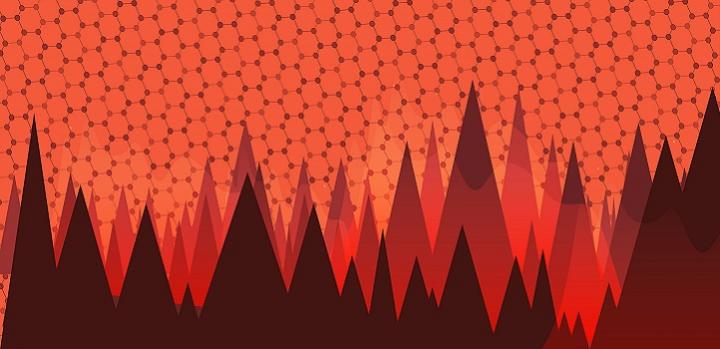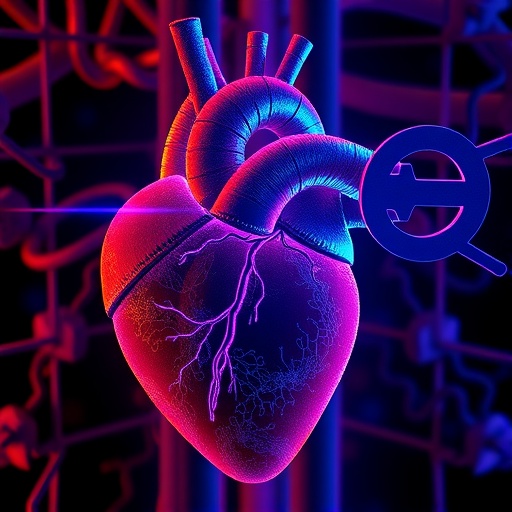
Credit: © 2020 KAUST
Harsh environments that are inhospitable to existing technologies could now be monitored using sensors based on graphene. An intriguing form of carbon, graphene comprises layers of interconnected hexagonal rings of carbon atoms, a structure that yields unique electronic and physical properties with possibilities for many applications.
“Graphene has been projected as a miracle material for years now, but its application in harsh environmental conditions was unexplored,” says Sohail Shaikh, who has developed the new sensors, together with KAUST’s Muhammad Hussain.
“Existing sensor technologies operate in a very limited range of environmental conditions, failing or becoming unreliable if there is much deviation,” Shaikh adds.
The new robust sensor relies on changes in the electrical resistance of graphene in response to varying temperature, salinity and the acidity of a solution measured as pH. The system has potential to monitor additional variables, including pressure and water flow rates.
The researchers point out that sensing for multiple variables can be incorporated into a single device, greatly increasing its usefulness.
The graphene is transferred onto a flexible sheet of polyimide polymer, and it can be connected to appropriate electronic systems to collect and transmit the signals for whichever environmental variable is being monitored. The data could be transmitted wirelessly using standard Bluetooth technology.
The greatest practical advance is in the resilience of the system that allows it to tolerate temperatures as high as 650 degrees Celsius, high salinity, varying pressure, intense radiation, reactive chemicals, high humidity or any combination of these conditions. The sensors can also offer advantages in sensitivity, for example, achieving a 260 percent sensitivity increase in temperature sensing relative to an existing alternative.
As Hussain explains: “Our study is the first to show decisively the prospects of graphene as a sensing material for a variety of harsh environmental conditions.”
Likely real-world applications include monitoring conditions in ocean water, body fluids, the oil and gas industry, space exploration, and many situations involving exposure to chemicals that would damage existing sensors.
The sensor’s thin structure and flexibility also makes it suitable for use in wearable technologies for divers and athletes, or in medical applications.
The researchers believe that continual developments linking electronic devices with Internet of Things (IoT) and Internet of Everything (IoE) technologies will bring many needs and opportunities for their robust and flexible sensors.
###
Media Contact
Carolyn Unck
[email protected]
Original Source
https:/
Related Journal Article
http://dx.




